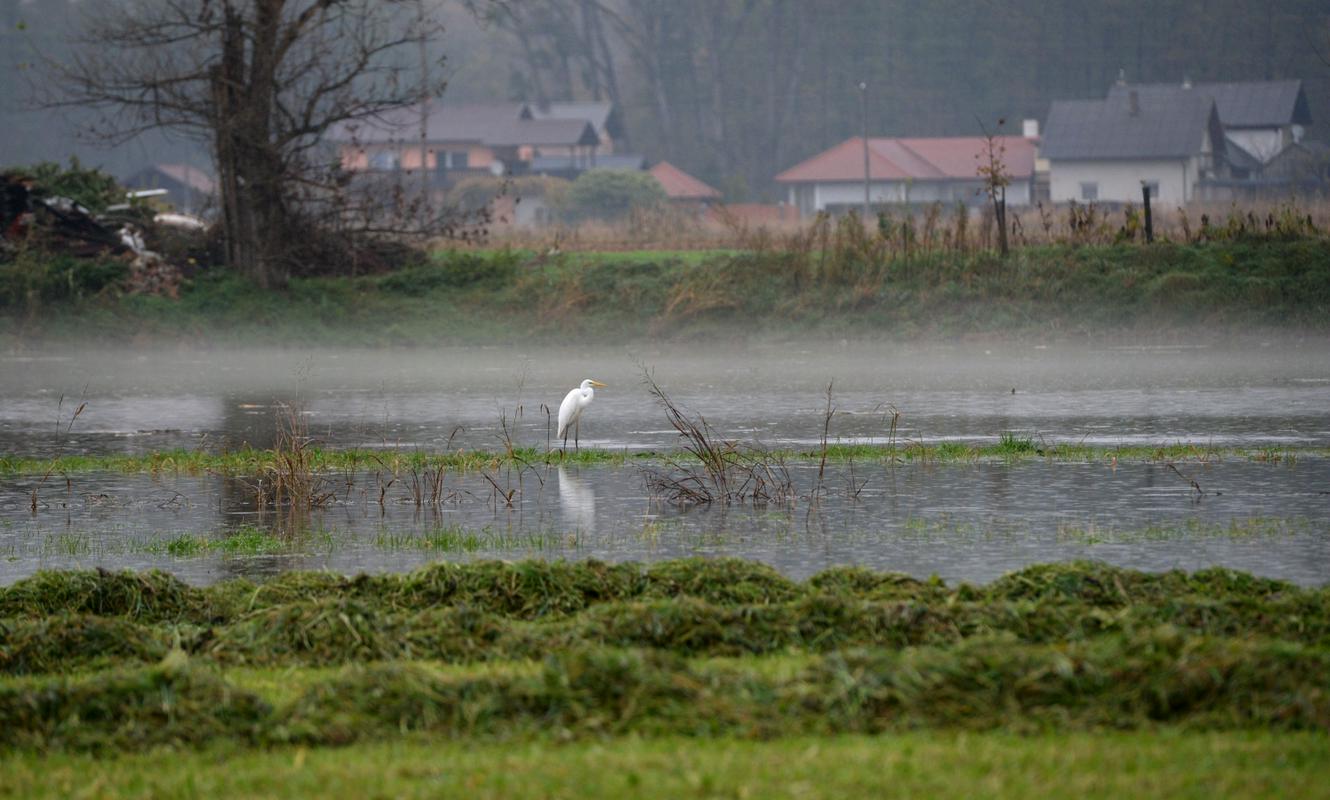
This February was an above-the-average month in terms of the number of rainy days, the amount of rainfall and recorded temperatures, explains to MMC meteorologist Brane Gregorčič from the Slovenian Environment Agency (ARSO). The big amount of rainfall in February will not have any negative consequences – the February rain has soaked the soil well which is a precondition for good growth in March as vegetation draws from the soil moisture: "It's better that we had above the average humidity in February, which lacked in December, than the other way around," explained Gregorčič. Another advantage of the current conditions is that in early spring, when there is still no abundance of vegetation, there will be less danger of wildfires. Fires happen after dry spells but this year that's certainly not the case.
A same month with two faces
Four years ago, in 2012, when it also had 29 days, February was an extraordinary month. The first half of the month was freezing cold with temperatures below -10 degrees, in some valleys even below -20 degrees Celsius. Islands in the Adriatic saw snow and record snowfall was recorded in Montenegro. The second half of the month was hit by record high temperatures which even climbed above 20 degrees Celsius.
Very little snow in the valleys
This year's February did not record such high temperatures, but it did have long periods of above-the-average warm weather and also a few below-the-average days. The start of the month was warmer than its end. At the beginning temperatures climbed above 15 degrees while in the last days of February temperatures ranged around five degrees.
Temperatures in Ljubljana dropped below the freezing point only five times – on the 5th, 6th, 11th, 12th and 27th of February. The morning of February 13th saw the most snow – around 10 cm of snow in the Slovenian capital and even up to 20 cm in the surrounding areas. However the snow melted away fast.
In the valleys the first snow this year came at the beginning of January (there was still snow in Ljubljana for 8 days) – and the second in mid-February (the snow lasted for only three days). There were 11 days with snow on the ground in Ljubljana, which is considerably less than the average number of days with snow in the last 100 years – according to data from ARSO that's 43 days.
Skiing until Easter?
When fallen snow freezes over a number of times, melts a bit and then freezes again, it becomes different than fresh snow, explains the meteorologist. The season for ski touring is just around the corner – there will be time for it in the second half of March and the first half of April. According to forecasts "classic" skiing will be possible on higher altitudes until Easter - that's until the end of March.
"Southerly winds and rain present the biggest danger to snow, but for the moment there are no such forecasts for higher altitudes," ends Gregorčič.

































































